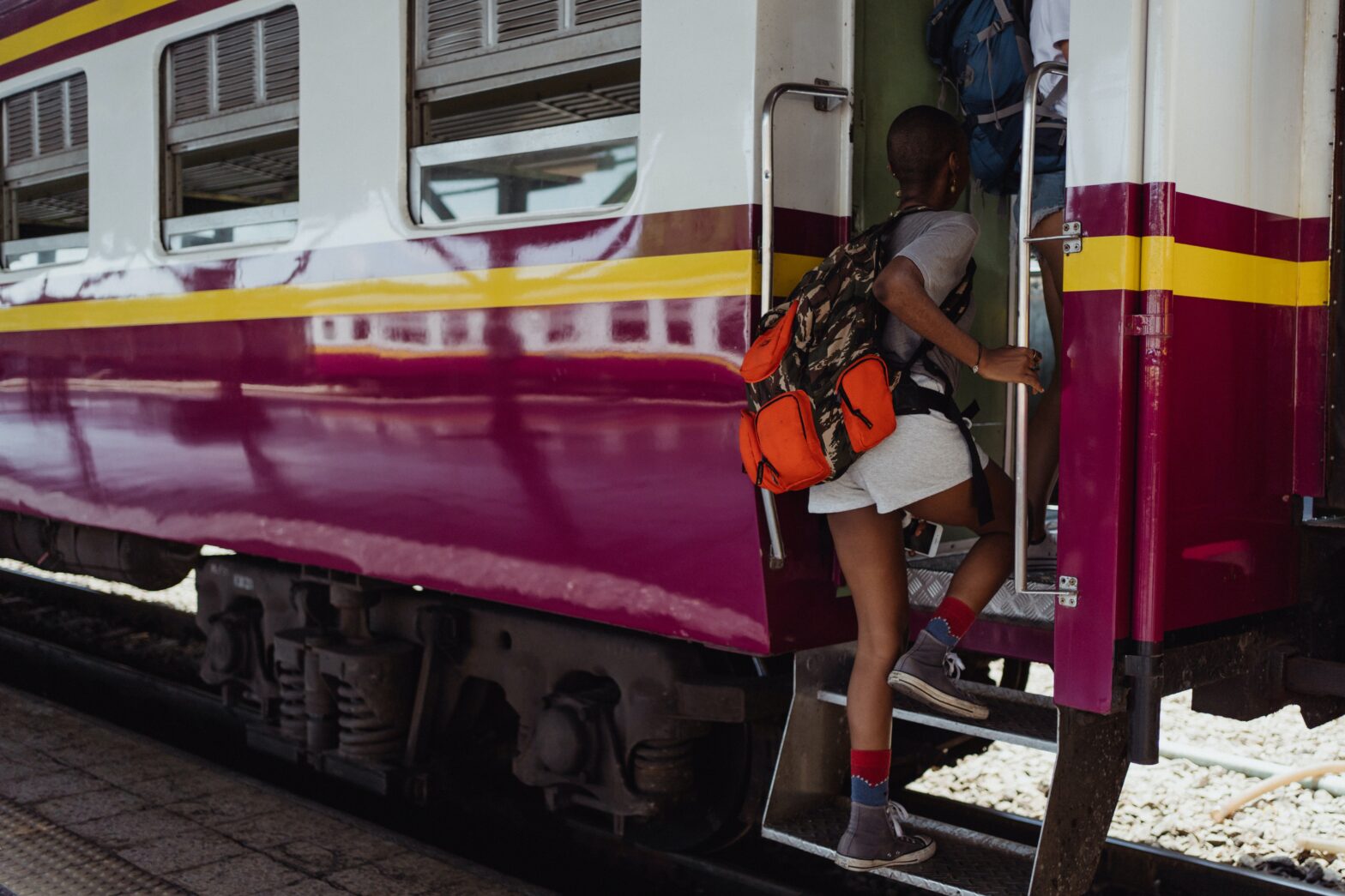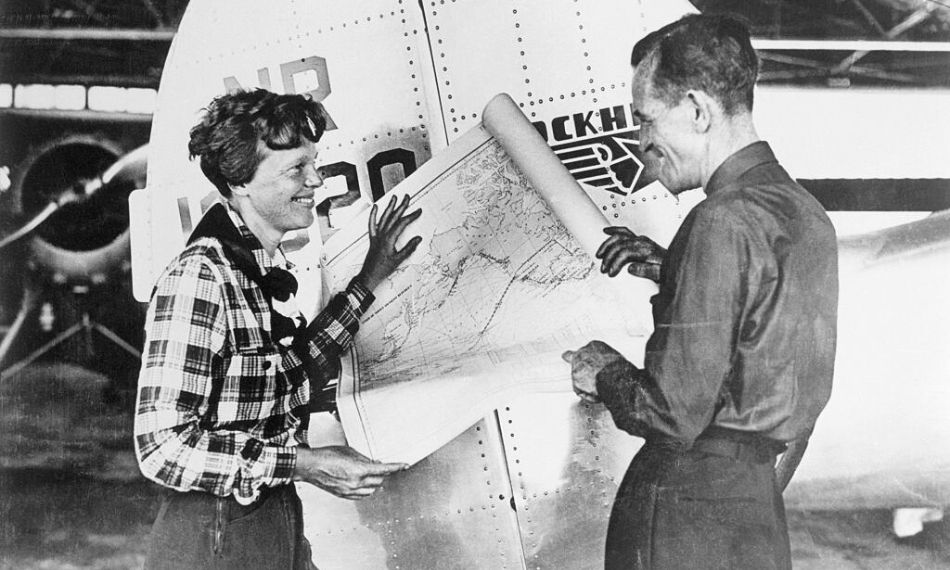The Maya Train project, which has a completion date in September 2023, is now on the verge of transforming tourism in Mexico. The public can now eagerly anticipate not only the project’s completion but also essential information about the operations calendar, ticket availability, and the multitude of captivating stops along the compelling route as the railway enters its testing phase in September, covering an impressive distance of 1,554 kilometers.
Its route spans the Mexican states of Tabasco, Chiapas, Campeche, Yucatán, and Quintana Roo, winding through the picturesque Yucatán Peninsula and the magnificent Riviera Maya coastline. This remarkable transportation system, with a fleet of 42 trains, will connect travelers to 34 stations, providing seamless access to seven nearby airports and revealing the awe-inspiring wonders of 26 archaeological zones.

The Maya Train promises an unparalleled travel experience, with departures scheduled every two hours from 6 a.m. to 10 p.m., allowing passengers to bask in the enchanting hues of a Mexican sunset before embarking on their homeward journey. Along this extraordinary route, notable stops include Palenque, Edzná, Nuevo Uxmal, Chichén Itzá, Tulum, and Calakmul, where the head of operations, Blas Andrés Nez Jordán, has also announced plans to build six hotels.
President López Obrador has stated in March that the strategic network of the Maya Train will facilitate tourism in Mexico. The travel will connect major transportation hubs and iconic tourist destinations and help preserve natural landscapes and historical landmarks. The train can also boost regional growth by improving access to the ten archaeological zones scattered across the state of Quintana Roo.
Travelers can purchase tickets at any of the stops, online, or via a dedicated mobile app, ensuring a smooth and immersive journey.
Helping Tourism in Mexico, but with Environmental Concerns
Despite the excitement and anticipation surrounding this game-changing project, critics have raised valid concerns about its potential environmental impact. Environmentalists warn of increased carbon emissions and the disruption of vulnerable wildlife habitats.
Elias Siebenborn, a member of Cenotes Urbanos, a group of amateur speleologists dedicated to mapping and documenting unlisted cenotes in Playa del Carmen, highlights the significant environmental damage that has already occurred in an interview with Time Magazine.
Forests have been cleared to make way for the railway, and poor planning, including mid-construction route changes despite environmentalists’ warnings, has resulted in cost overruns and unexpected delays. These critical factors raise concerns about the Maya Train’s long-term viability, both environmentally and economically.
On the other hand, proponents of the project believe that the Maya Train will usher in a new era of sustainable transportation, eventually reducing reliance on cars and planes and yielding a net positive environmental impact. The train has the potential to contribute to the preservation of the Yucatán Peninsula’s breathtaking natural wonders by providing a convenient and eco-friendly alternative for travelers.





